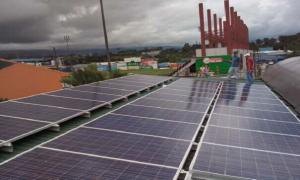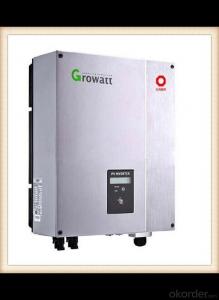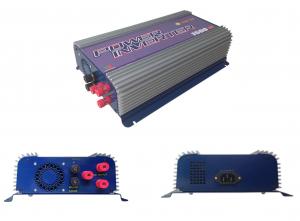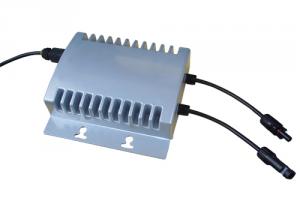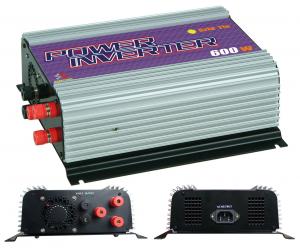Solar Grid Tie Micro Inverter
Solar Grid Tie Micro Inverter Related Searches
Led Light Bulbs For Ceiling Fixtures Led Lamps For Ceiling 42 In Ceiling Fan With Light Parts For Light Fixtures Light Projector For Christmas Grill With Led Light Bar Hanging Lights For Kitchen Bar Ceiling Lights For Sitting Room Ceiling Brackets For Lights Ceiling With Led LightsHot Searches
Aluminium Wire Mesh Manufacturers India Ceiling Fan Lowest Price Aluminium Scaffold Planks Sale Aluminium Walkway Mesh Prices Aluminum Bar Stock For Sale High Mast Light Price List Solar High Mast Light Specification High Mast Light Specification 6061 Aluminum Bar Stock Price Aluminum Bar Stock Price Stage Light Price Solar Inverter Fault Light Led Light Manufacturers Aluminum Round Bar Stock Sizes Aluminum Round Bar Stock Near Me Ceiling Fan Lowest Price Aluminum Flat Bar Stock Near Me Aluminum Bar Stock Sizes Aluminum Bar Stock Suppliers Aluminum Bar Stock Near MeSolar Grid Tie Micro Inverter Supplier & Manufacturer from China
Okorder.com is a professional Solar Grid Tie Micro Inverter supplier & manufacturer, offers integrated one-stop services including real-time quoting and online cargo tracking. We are funded by CNBM Group, a Fortune 500 enterprise and the largest Solar Grid Tie Micro Inverter firm in China.Hot Products
FAQ
- The role of reactive power injection in a solar inverter is to improve power factor and stabilize the voltage in the electrical grid. By injecting reactive power, the inverter helps balance out the reactive power demand from other loads in the grid, reducing the strain on the system and ensuring efficient power transfer. This helps maintain grid stability and prevents voltage fluctuations, ultimately enhancing the overall performance and reliability of the solar power system.
- A solar inverter typically handles variations in battery charge levels by constantly monitoring the charge level of the battery. It adjusts the energy flow from the solar panels to the battery based on its charge level. When the battery charge is low, the inverter increases the energy flow from the solar panels to charge the battery. Conversely, when the battery charge is high, the inverter reduces the energy flow to prevent overcharging. This dynamic control ensures efficient use of the available solar energy and optimal charging of the battery.
- Yes, a solar inverter can be used with a portable solar panel system. The solar inverter converts the direct current (DC) generated by the portable solar panels into alternating current (AC) that can be used to power various devices or be fed into the electrical grid. This allows for the efficient utilization of the energy generated by the portable solar panel system.
- A solar inverter handles shade on solar panels by utilizing a technology called maximum power point tracking (MPPT). MPPT allows the inverter to constantly monitor the output of each individual solar panel and adjust the voltage and current to maximize the power production. When shade is detected on a solar panel, the inverter automatically reduces the power output of the affected panel, ensuring that the shaded area does not significantly impact the overall performance of the system.
- The operating temperature range of a solar inverter typically varies, but it is commonly between -20°C to 60°C.
- The maximum DC input voltage for a solar inverter typically depends on the specific model and manufacturer. However, in general, the maximum DC input voltage for a solar inverter can range from around 500 volts to 1000 volts or more. It is important to consult the manufacturer's specifications for the specific solar inverter being used to determine the exact maximum DC input voltage.
- A solar inverter handles voltage phase imbalance in the grid by continuously monitoring the grid voltage and adjusting its internal control algorithms accordingly. This allows the inverter to dynamically balance the output between the phases, compensating for any phase imbalances in the grid. By doing so, the solar inverter ensures that the electricity it generates and feeds into the grid is well synchronized with the grid's voltage and phase, minimizing any adverse effects of phase imbalance.
- Yes, a solar inverter can be upgraded or expanded in the future. Inverter technology is constantly evolving, and manufacturers often release firmware updates or offer hardware upgrades to improve performance, add new features, or increase capacity. Additionally, in case of increased energy demands or the addition of more solar panels, it is possible to expand the system's capacity by adding additional inverters or upgrading the existing inverter to a higher capacity model.
















